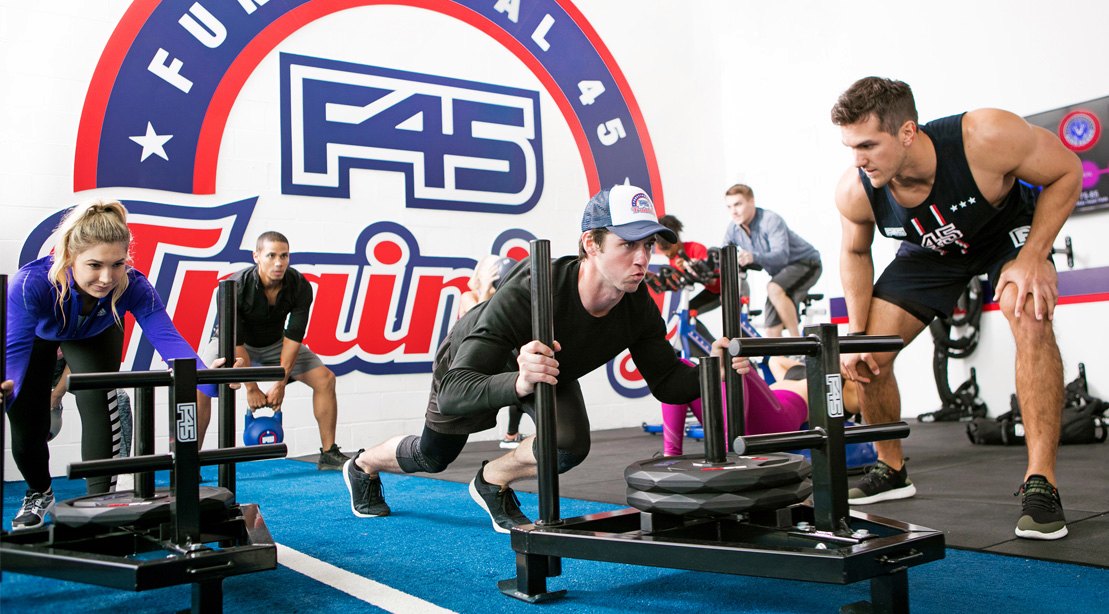

Read more about crate training your puppy.
Insurmountable trainer free#
“Then when they get into an environment that they’re comfortable in, they go, ‘Oh yeah I have to pee.’ If they have free rein they’ll find the area where they can pee and then they go rest somewhere else.” “What happens is, it can be super overwhelming outside so it’s easy for a puppy’s mind to be elsewhere and forget they have to go unless they really have to go badly,” says Blake Rodriguez, of Dream Come True K9 in New York. Give them another 15 minutes (or longer if you’ve determined that your dog can hold it for a longer period of time) in the crate and go outside and try again. Don’t let them run free in your house unsupervised. If your pup doesn’t pee or poop during a potty break, make sure they go directly to their crate or a confined area once back in the house. So, it’s important to not treat going into the crate as punishment. Your dog should associate the crate with good things, and with being safe and content.

A size-adjustable crate with a divider works well for small puppies who will quickly grow into larger puppies. Crates should be large enough so that your dog can sit, lie down and turn around comfortably, but not too big so that they can make a section of the crate into a potty spot. Ensure that the crate is the right size.There are two keys to making sure your dog is treating the crate as their living space. It gives them a controlled space where they can be unsupervised (so they’re not sneaking into a corner of your house for a pee or poop you’ll discover too late). A crate will help your puppy learn to “hold it” because a dog doesn’t normally want to soil an area where they spend time living and sleeping. Keeping your puppy confined to their own space can be a huge help in potty training, and training in general. “A crate is an absolutely essential tool for potty training,” says Muto (and many, many other trainers agree). Potty training doesn’t rely on your puppy being “good ” it relies on you being good at consistency, time management, and rewarding the behavior that you want. To that end, the real training begins with dog owners. It’s about ensuring they always have the opportunity to go outside. But it’s an important mindset to start out with-potty training, especially in the beginning, is not about trying to punish your dog for going inside.
Insurmountable trainer how to#
To guide your potty training journey, it’s helpful to keep one simple puppy potty training tip in mind: “The key to your puppy learning how to not go inside is not giving them the opportunity to go inside!” says Tyler Muto, founder and instructor at Consider The Dog and K9 Connection Dog Training in Buffalo, New York. Before you start: Adopt the right mindset With a plan, patience, and observation, you can set your puppy up for success, so that they know exactly where they should pee and poop, and, in the meantime, develop a healthy sense of boundaries in your house. But like many things involved in puppy training, and life in general, if you break it down into smaller, accessible steps, the impossible becomes possible. It seems like such an insurmountable task when you start out.
Insurmountable trainer pro#
YOU can do it better than a pro and I'll help you succeed at doing it.

Do I send my puppy away for the basics? Who should I send them to? Will they do a good job? Will they treat them well? Will they give them the attention and personalized training they need and deserve? How will my puppy handle the kennel environment? Should I do the basics myself? Do I have the knowledge and skills to get it done right? I've had this conversation with individuals hundreds of times times.īefore you send your dog to a pro, consider this. It's always a struggle making those all important decisions for your young retriever.


 0 kommentar(er)
0 kommentar(er)
